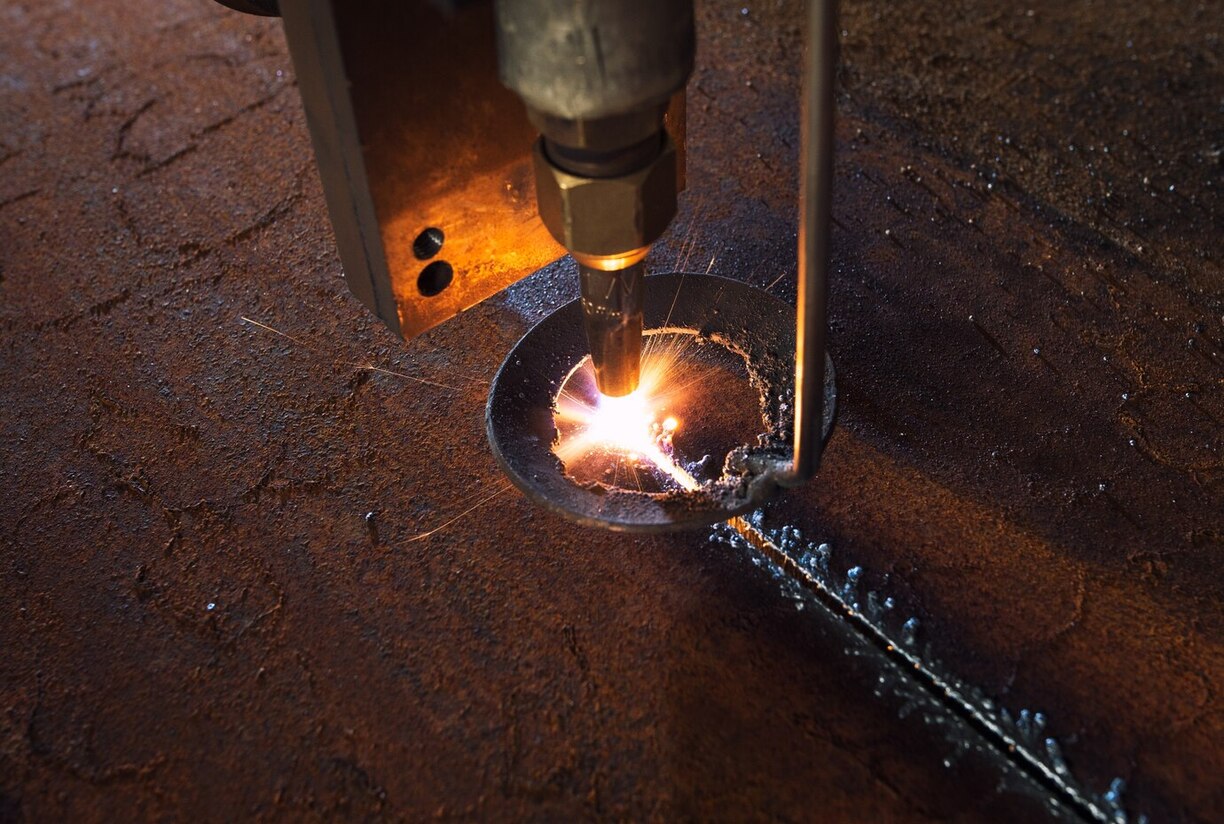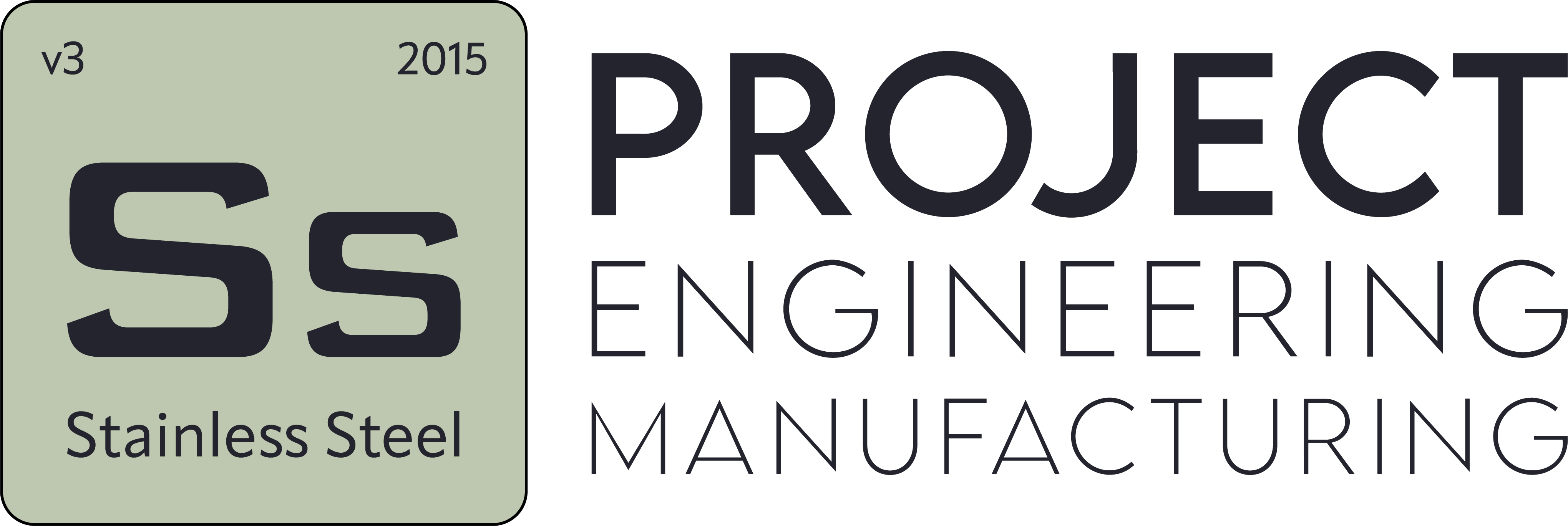TIG Welding Solutions for Stainless Steel
- Blog
- TIG Welding Solutions for Stainless Steel
TIG Welding Solutions for Stainless Steel
Stainless steel is a material widely used in many industries due to its durability, aesthetic appearance, and corrosion resistance. This material provides long-lasting and safe connections under harsh conditions. However, welding processes performed with stainless steel have technical requirements that need to be carefully managed. In this context, TIG (Tungsten Inert Gas) welding is one of the most popular and effective methods for welding stainless steel. TIG welding is frequently preferred in projects requiring high quality and precision. In this article, we will discuss the advantages of TIG welding solutions for stainless steel, their application areas, and the points to consider when using this method.
What is TIG Welding?
TIG welding is a welding method that uses a tungsten electrode to perform the weld. This method ensures that the weld area remains clean by using an inert gas (usually argon) in the welding zone. TIG welding makes it possible to achieve high-quality and clean welds by controlling the heat and environment in the weld area. TIG welding performed with stainless steel delivers excellent results, especially in joining thin and delicate parts. TIG welding enhances the precision and control of the welding process, providing aesthetic and durable welds.
Advantages of TIG Welding for Stainless Steel
TIG welding for stainless steel offers numerous advantages. These advantages make TIG welding one of the most preferred methods for welding processes involving stainless steel:
- High Quality and Clean Welds: TIG welding ensures the achievement of extremely clean and smooth welds. The risk of oxidation and contamination in the weld area is eliminated, allowing stainless steel to appear aesthetically flawless.
- Controlled Heat Application: TIG welding allows the heat applied to the weld area to be precisely controlled. In materials like stainless steel, which tend to expand and contract thermally, heat control is crucial. TIG welding directs the heat only to the specific area being welded, preventing damage to surrounding areas.
- Reduced Smoke and Contamination: Minimal smoke is produced during TIG welding. This protects the welder’s health and ensures the weld area remains clean. Low smoke production helps maintain hygienic environments, especially in food and pharmaceutical industries.
- High Precision: TIG welding provides great precision in joining thin metal parts. This feature is ideal for complex and delicate welding applications. TIG welding increases the accuracy of the welded area and prevents unnecessary material loss.
- Flexibility and Versatility: TIG welding can be used with a wide variety of stainless steel types. It offers high efficiency in welding stainless steel parts of different thicknesses and shapes. Additionally, it can be used in welding other materials, making TIG welding a versatile option.
Application Areas of TIG Welding for Stainless Steel
TIG welding for stainless steel is widely used in many industrial fields. This welding method is particularly preferred in projects requiring precision and durability. Here are the common application areas of TIG welding for stainless steel:
- Food Processing Industry: Stainless steel is used in food processing machinery, tanks, and pipelines. These pieces of equipment need to be joined hygienically and robustly. TIG welding ensures that the welded areas are clean and durable, which is critical for food safety.
- Pharmaceutical and Pharmaceutical Industry: Stainless steel is widely used in pharmaceutical production and pharmaceutical equipment. In this sector, welds need to be hygienic and sterile. TIG welding ensures the safe joining of stainless steel pipelines, tanks, and machinery, helping to maintain a sterile environment.
- Automotive Industry: In the automotive industry, stainless steel parts such as exhaust systems and chassis are joined using TIG welding. These parts deliver excellent results in terms of aesthetics and durability. TIG welding ensures that automotive components remain durable and safe for a long time.
- Chemical Industry: In the chemical sector, stainless steel pipelines, tanks, and other equipment are used when working with chemicals. TIG welding ensures that these pipelines and tanks are joined securely and leak-proof, preventing chemical leaks and accidents.
- Oil and Gas Industry: In the oil and gas industry, stainless steel pipelines and tanks must withstand high temperatures and pressures. TIG welding ensures the durable and safe joining of this equipment, enabling it to endure the harsh conditions of the sector.
- Construction and Architecture: Stainless steel is used in structural elements of buildings to provide aesthetics and durability. TIG welding ensures that these structural elements are joined both robustly and visually appealingly. It ensures that stainless steel structures are long-lasting and safe.

Benefits Provided by TIG Welding for Stainless Steel
TIG welding for stainless steel offers many advantages. These advantages explain why this welding method is so widely preferred in industrial applications:
- High Quality and Durability: TIG welding ensures that stainless steel parts are joined durably and with a long lifespan. These welds are resistant to harsh conditions, providing safety in industrial applications.
- Aesthetic Appearance: TIG welding provides aesthetically smooth and even welds. This feature offers a significant advantage, especially in outdoor or visible area projects.
- Reduced Heat Impact: TIG welding ensures that the heat in the weld area is properly controlled, reducing the risk of distortion. This control is crucial because materials like stainless steel have different expansion rates.
- Easy Maintenance and Cleaning: TIG welding ensures that welded areas remain clean and smooth. This simplifies maintenance and cleaning processes, which is a major advantage, especially in industries where hygiene is critical.
- Versatility and Flexibility: TIG welding delivers effective results in joining stainless steel parts of different thicknesses and shapes. This makes the method suitable for various applications and allows it to be used across a wide range.
TIG welding for stainless steel is a welding method that offers safe, durable, and aesthetic solutions. Welds performed with stainless steel provide high-quality, clean, and robust connections. In industries such as food processing, pharmaceutical production, automotive, chemical, and construction, the advantages provided by TIG welding ensure that products in these sectors are long-lasting, safe, and aesthetically pleasing. TIG welding is an essential technique for producing projects with high-quality standards in terms of both aesthetics and durability, making it indispensable for industrial applications.


